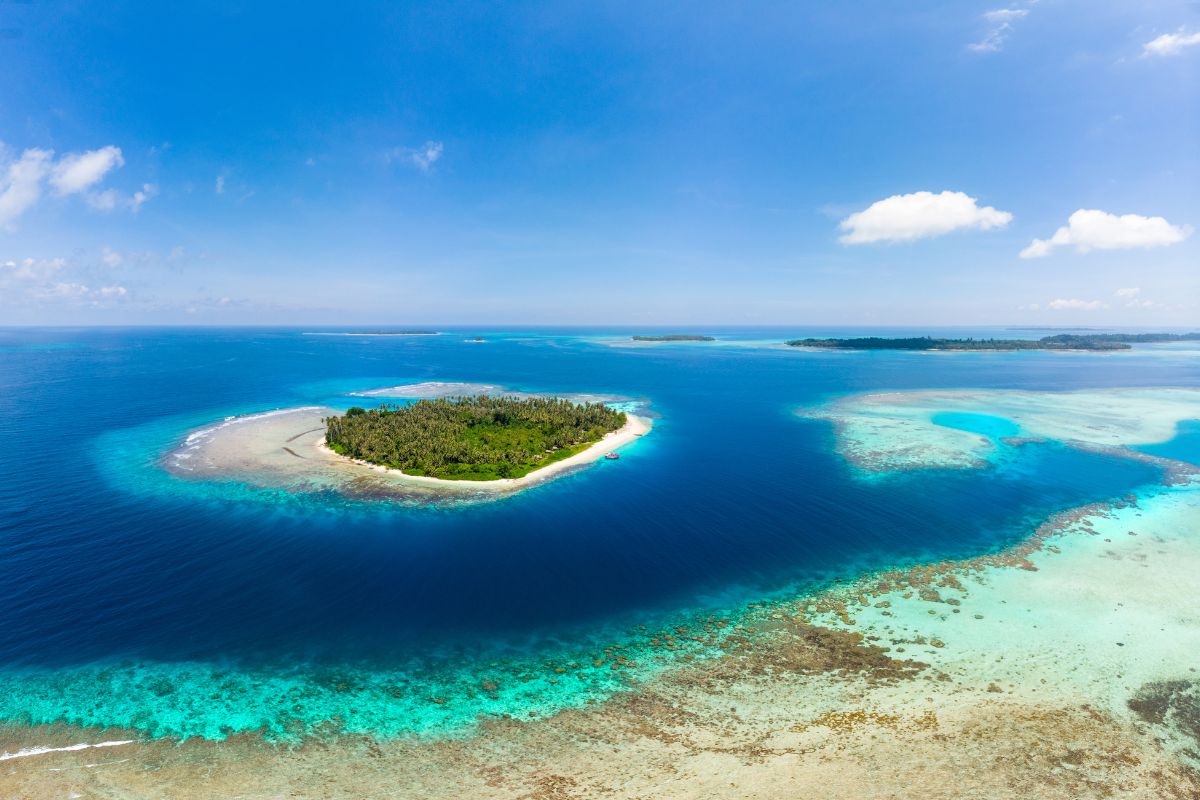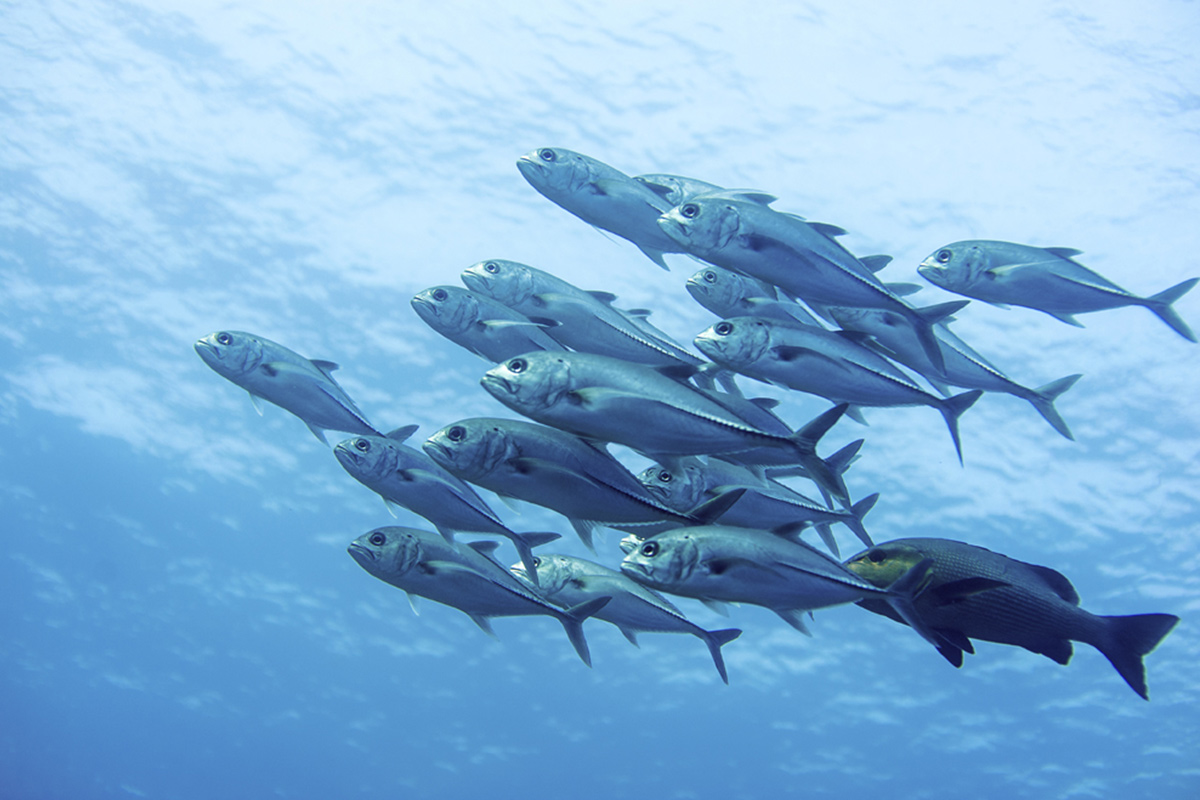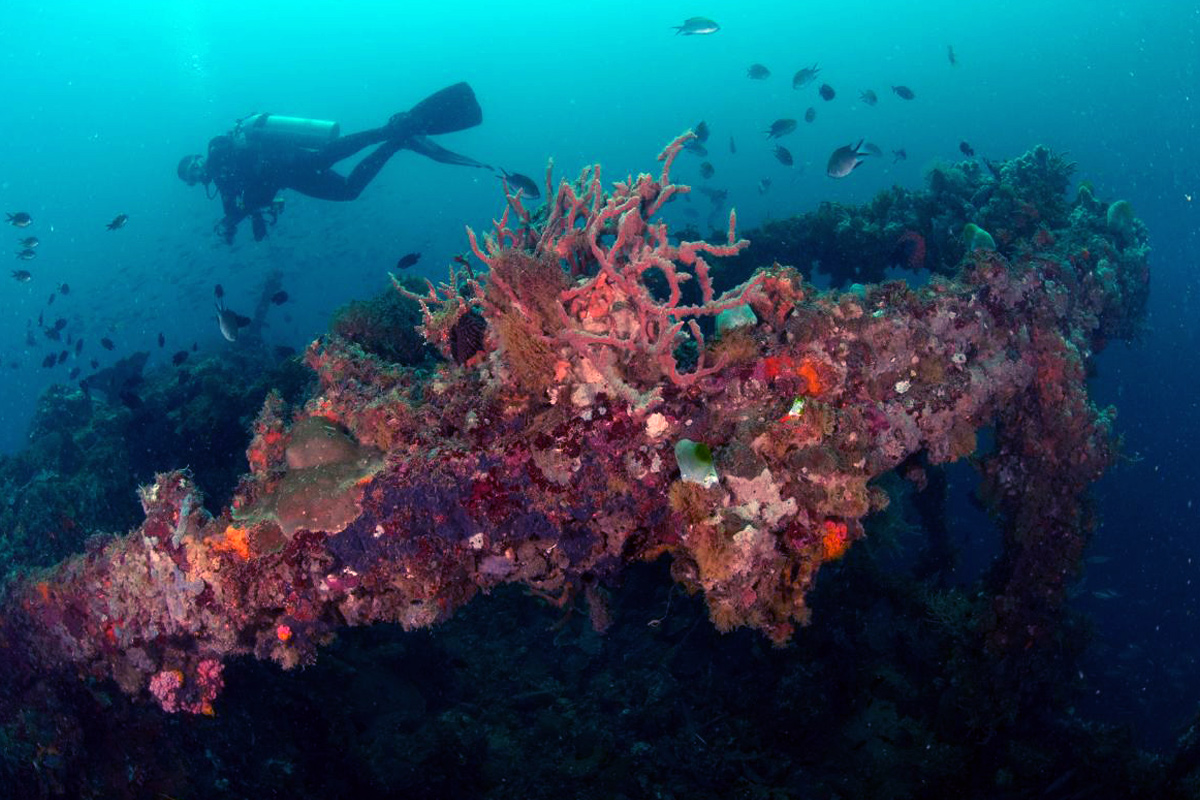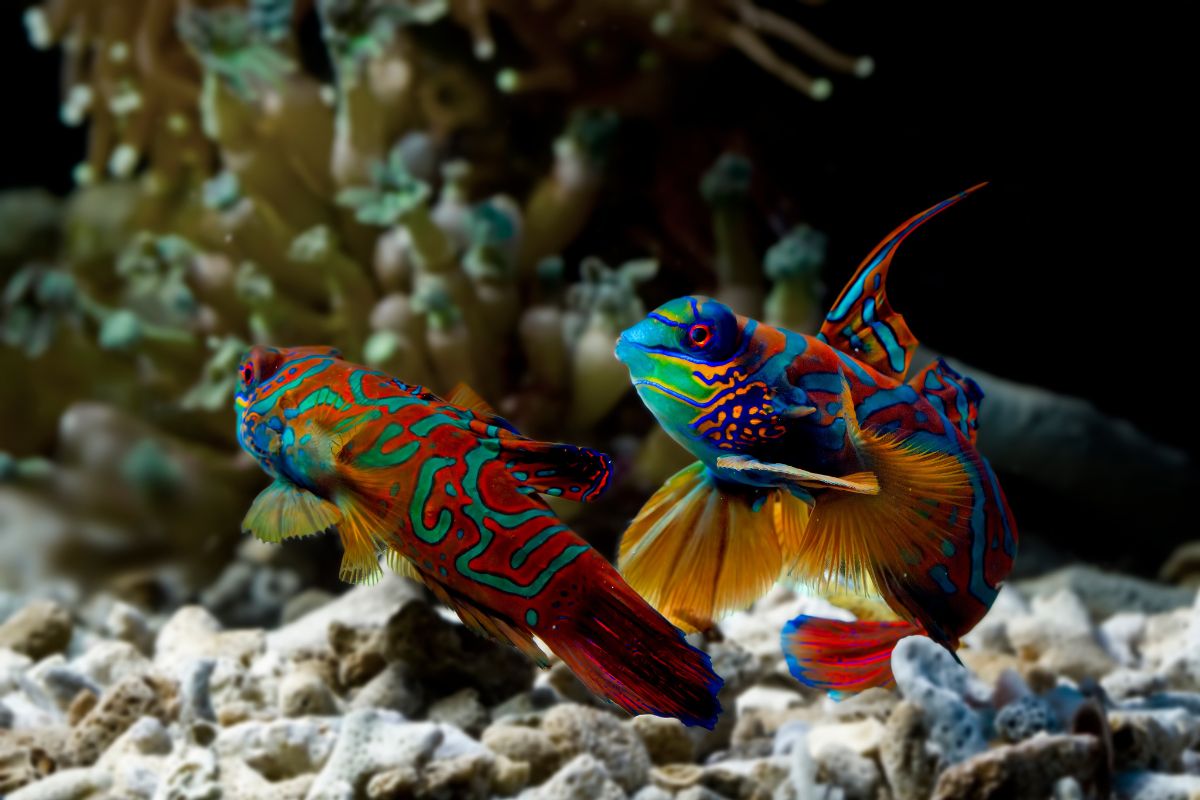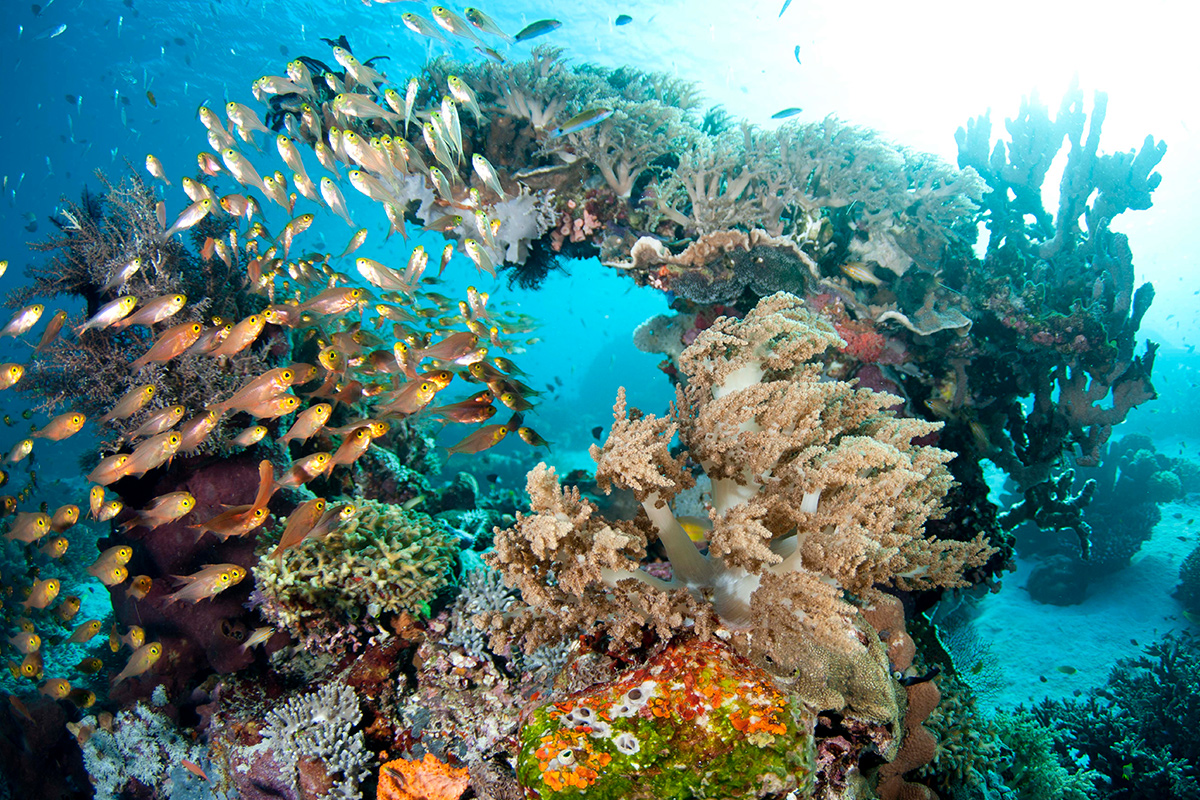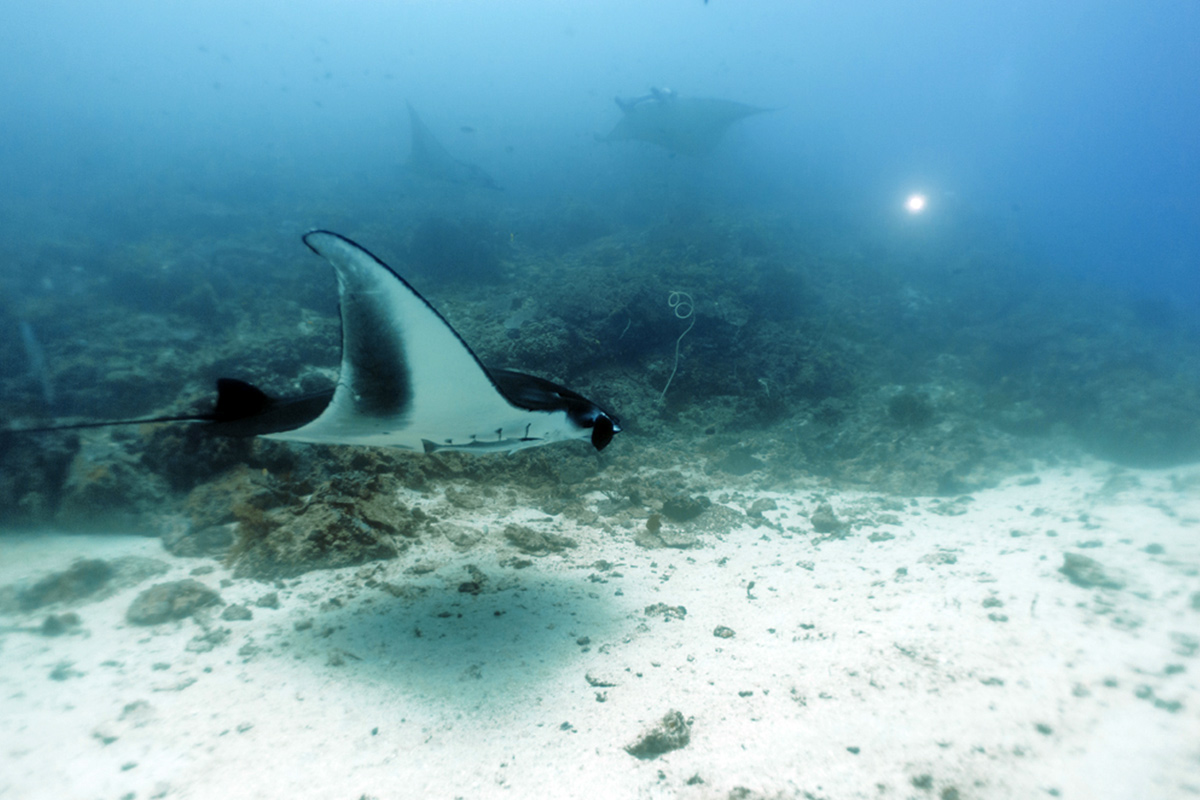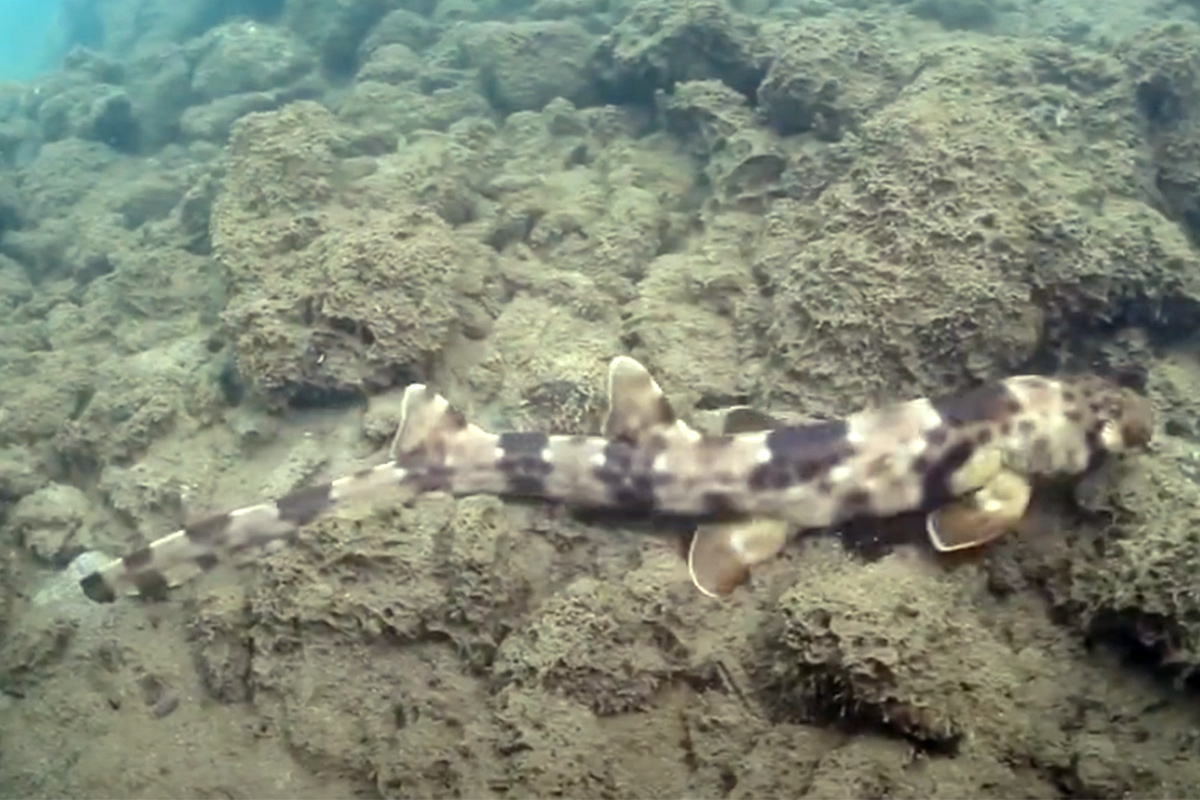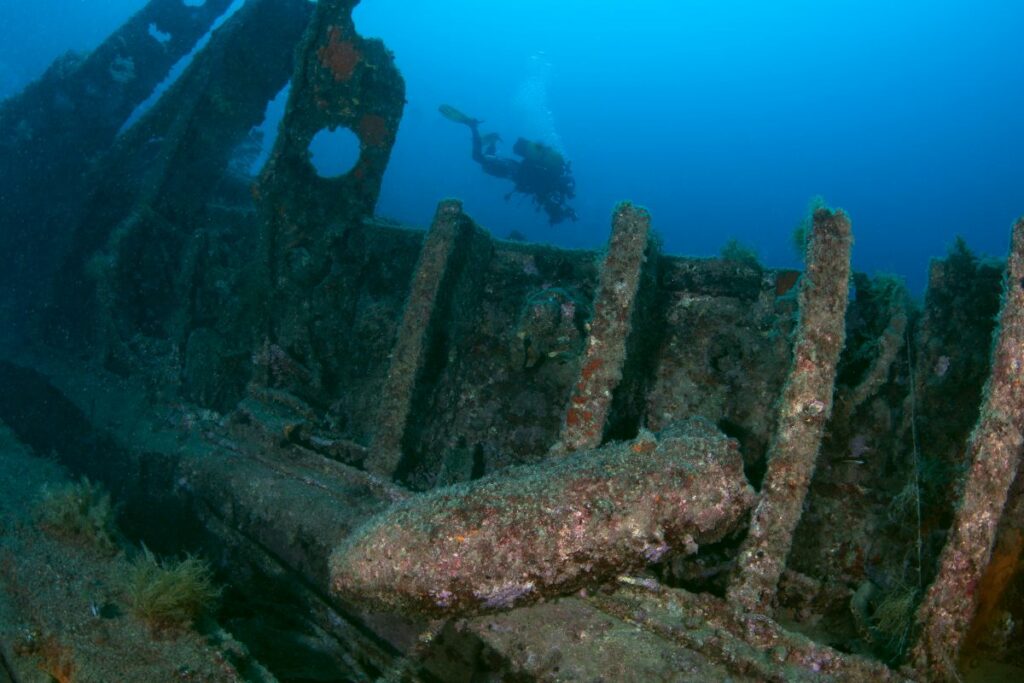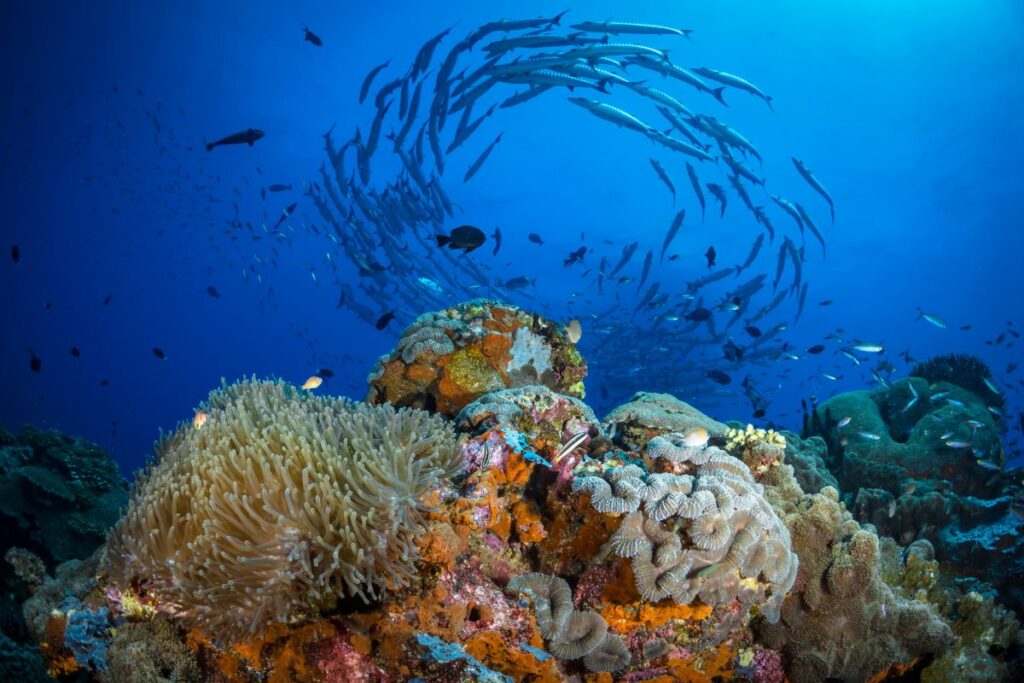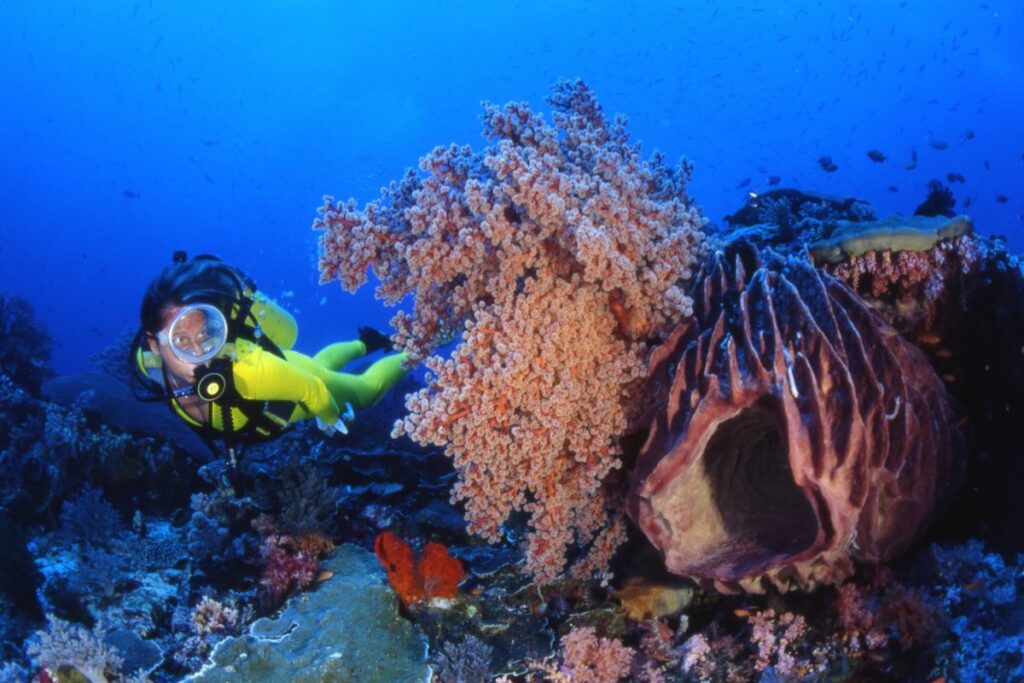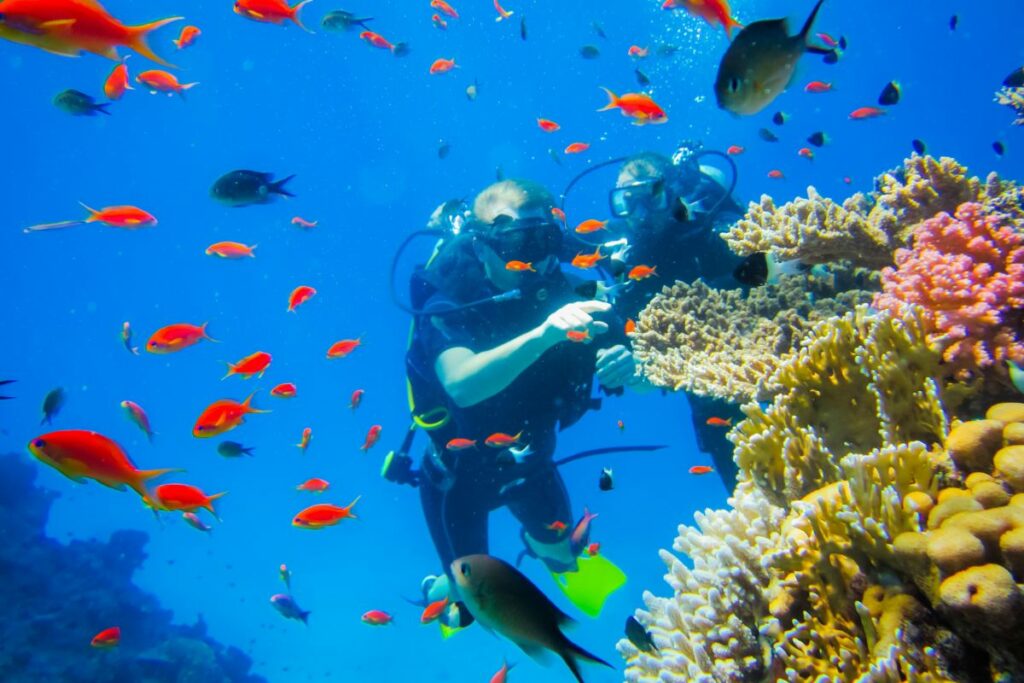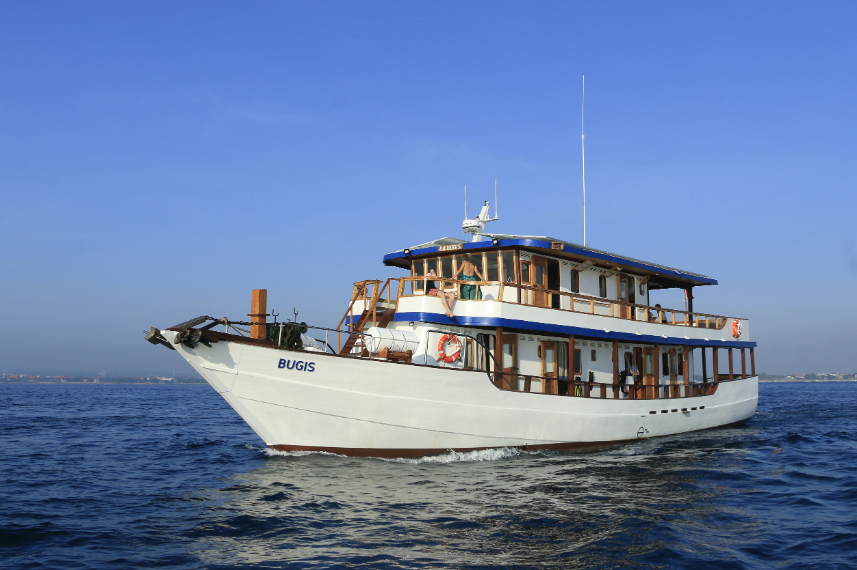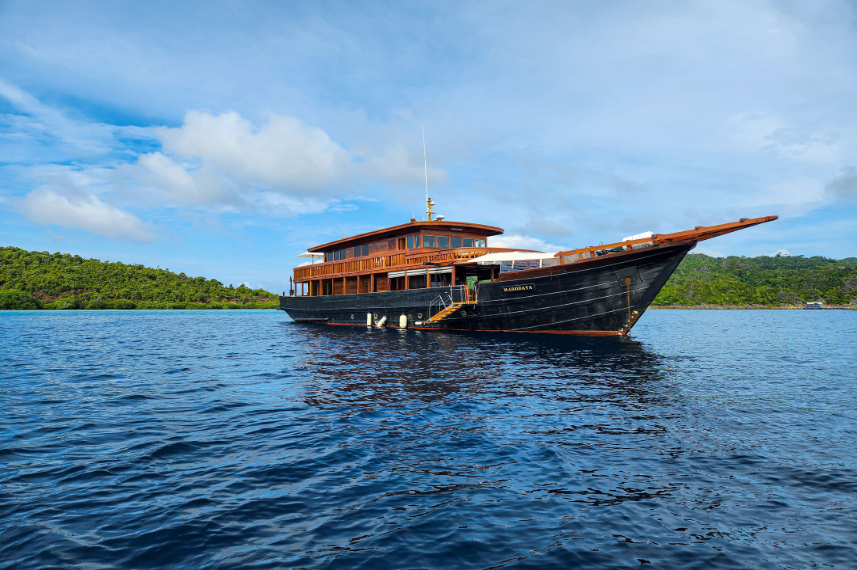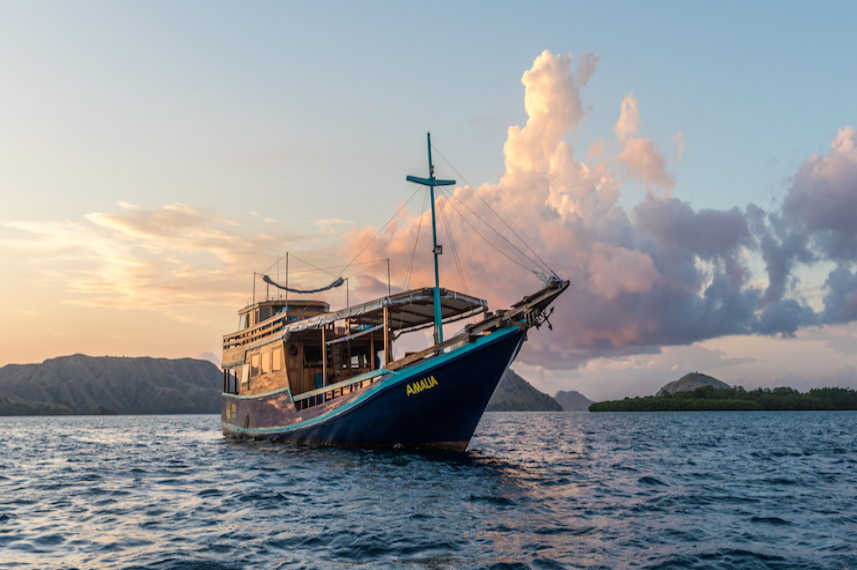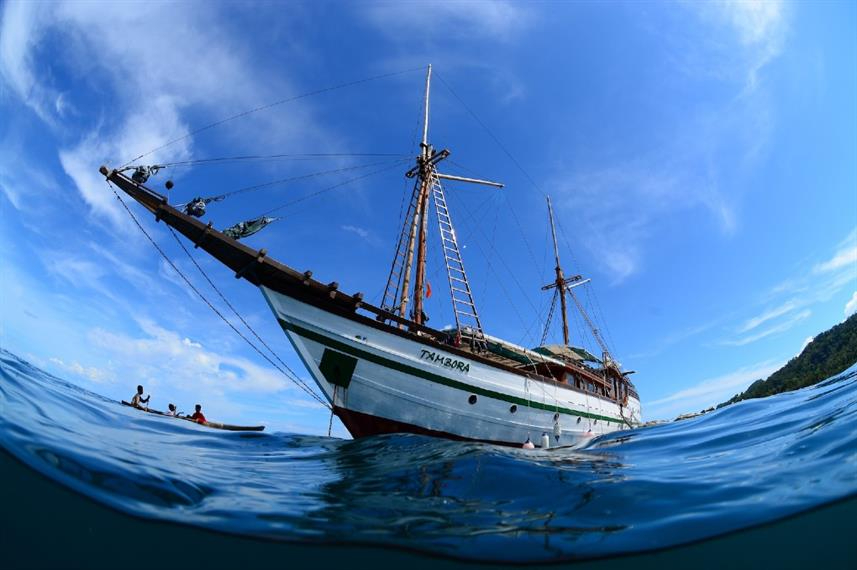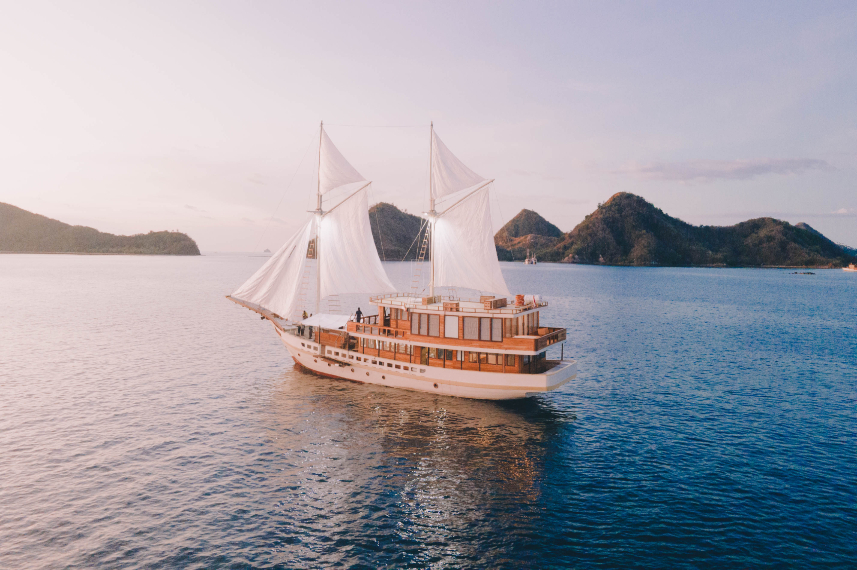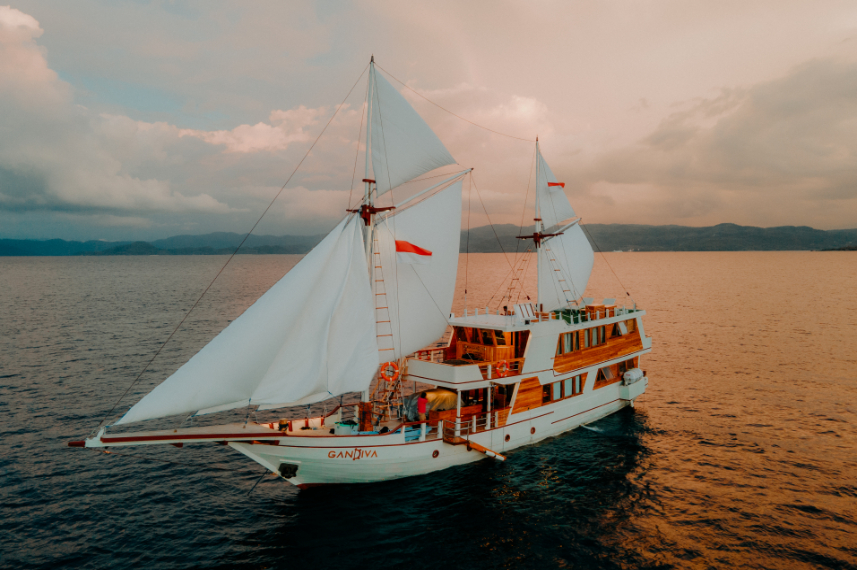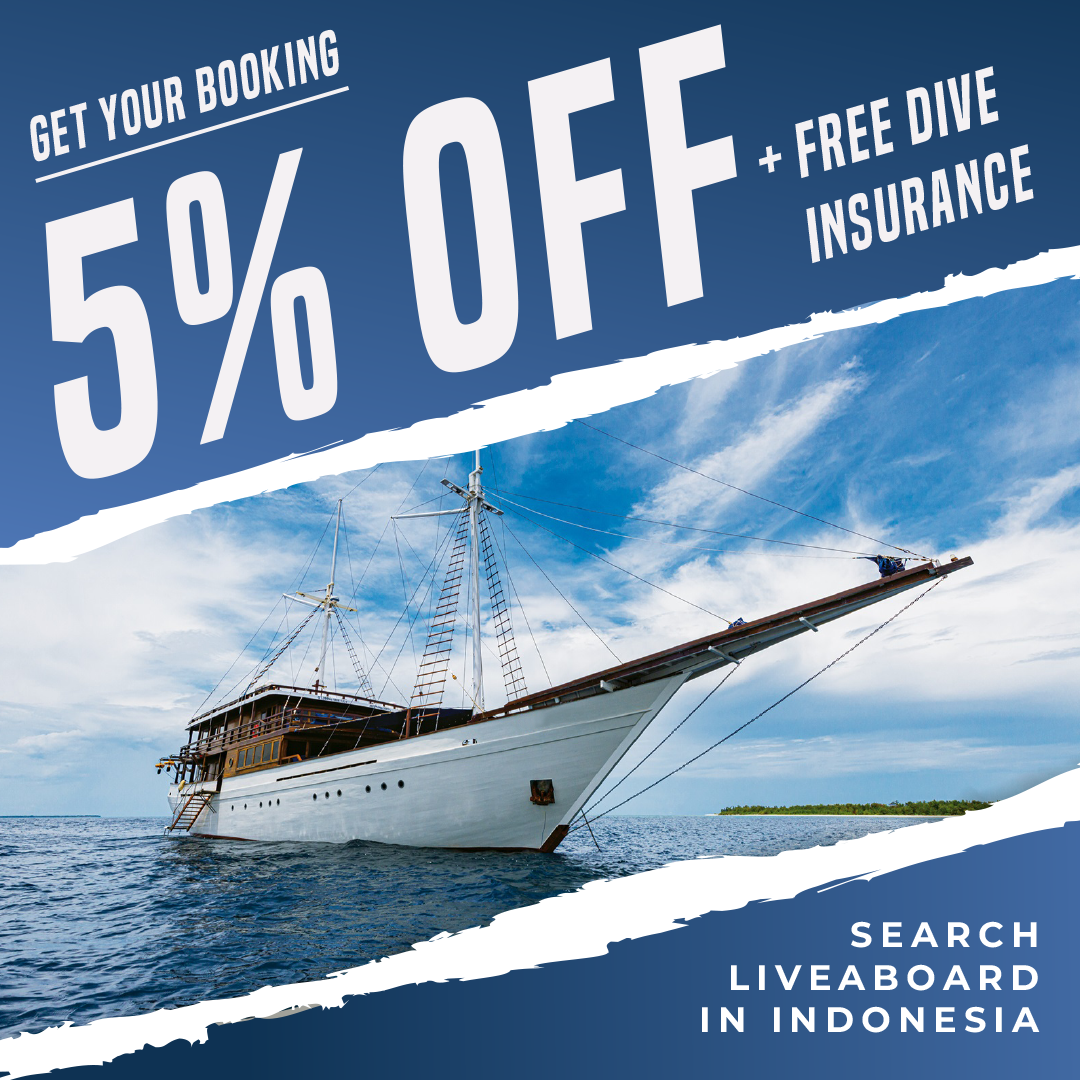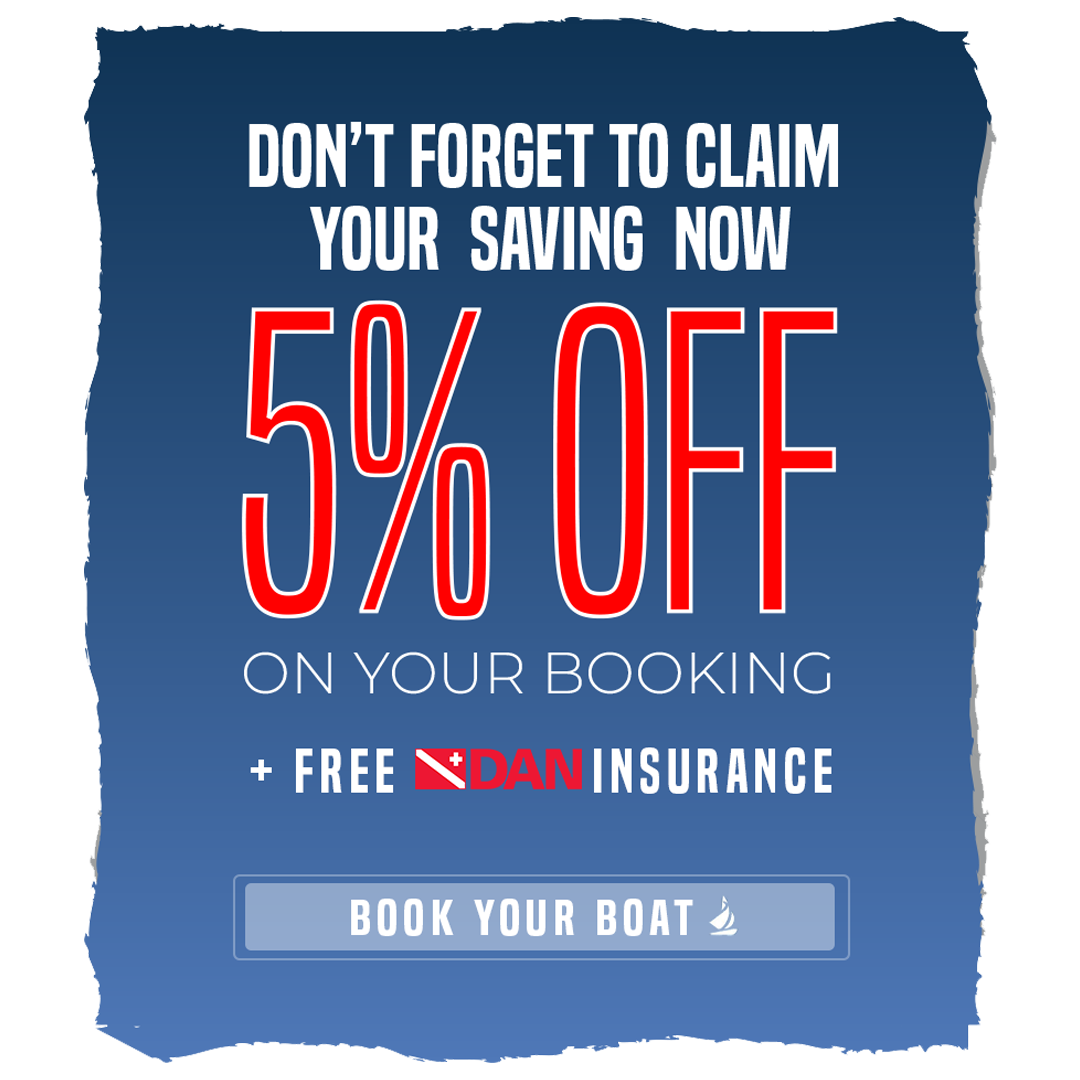Halmahera
As the largest island in Maluku island, Halmahera is strategically located between Lembeh Strait and Raja Ampat, two of the most diverse marine ecosystems in the world. Yet, many of this region’s dive sites are still waiting to be discovered.
According to a report from 2017, Halmahera is considered to have one of the highest coral diversity in the world, only comparable to Raja Ampat. A renowned ichthyologist and marine zoologist, Dr Gerry Allen, recorded 803 species of reef fish in 28 locations in Halmahera, only second to 823 found in Raja Ampat in a similar survey.
The combination of uncharted territories and diversity makes Halmahera one of the dream destinations for many divers.
Top highlights of Halmahera
- Witness the spectacular Halmahera walking shark (Hemiscyllium Halmahera) walking on the ocean floor, an endemic bamboo shark first discovered in Halmahera
- Stroll along the white sandy beaches in many of the islands scattered around Halmahera
- Experience the night dive in Goraici Island and Patinti Strait and encounter the mandarin fish in its mating ritual
- Dive the historical wrecks in Morotai Island, which used to be the military base of the Allied Forces in World War II
About Halmahera
Halmahera is the biggest island in Maluku, among hundreds of islands formed by a mighty tectonic movement. Mainly a volcanic island, there are around 16 volcanoes scattered around the region, with the highest peak being Mount Kie Matubu/Mount Tidore, standing 1.730 meters tall on Tidore Island.
Nature in Halmahera is astonishing. For those who prefer to catch the waves, the north part of Halmahera and the north coast of Morotai offer phenomenal surf breaks. The choice is limitless for any adventure lovers who prefer to stroll along the white sandy beach or trek in the lush tropical forests.
Even though the political and religious riots that started in Halmahera in the late 1990s to early 2000s tarnished the beauty and peace on the island, the beauty of nature in Halmahera never faltered. Nowadays, this island is slowly known for its underwater diversity rather than its dark past.
Diving in Halmahera
Having proximity to Raja Ampat, it is hard to believe Halmahera is often overlooked as a great diving destination. But the spectacular sightings below the water are impossible to miss. On the contrary, many dive sites still need to be mapped out, making it one of the most exciting regions to explore.
Located right in the center of The Coral Triangle, the diversity in this region is one of the highest in Indonesia. While angelfish, parrotfish, butterflyfish, triggerfish, clownfish, and lionfish can be seen in and out around the variety of colors of the coral reefs, slightly bigger fish like snappers, groupers, barracudas, and Napoleon wrasse scuttle gracefully across the sea, hunting for food.
Whitetip and blacktip reef sharks are frequently seen in the many dive sites in Halmahera, making it exciting for adrenaline seekers. Macro creatures also have a spot here in Halmahera. Many species of pygmy seahorses, gobies, octopuses, cuttlefish, and nudibranchs are camouflaging themselves or simply hiding between the nooks of soft and hard corals.
Big mammals like whales, dolphins, and manta rays regularly visit the waters around Halmahera, depending on the months you dive. With the variety of sightings, diving in Halmahera guaranteed an unforgettable experience.
Discover your next adventure in
The Walking Shark of Halmahera
Suppose there is one thing about Halmahera that people cannot stop talking about. In that case, it’s probably the Hemiscyllium Halmahera, the scientific name for the walking shark discovered in the region in 2013.
When it was first spotted, marine scientists believed it resembled the Cenderawasih epaulette shark, which was recorded first in Cenderwasih Bay in 2008. Upon further inspection, they found distinctive differences. The Halmahera walking shark has brown or white spots in polygon configurations compared to seven big dark spots on each side of the body of those Cenderawasih epaulette sharks, adding to the list of the new walking shark species.
This youngest shark, when it comes to evolution, walks on the ocean floor using its pectoral fins. Mostly found when the night falls, the Halmahera walking shark is the latest species of epaulette discovered in Indonesia. This made Indonesia host six of nine walking sharks known worldwide. The existence of these walking sharks prompted the Indonesian government to declare six walking sharks as fully protected species to protect their population.
Halmahera walking sharks can be found in some of the dive sites in Halmahera, like in Morotai, Weda Bay, and Patinti Strait.
Diving Environments in Halmahera
Many of the dive sites in Halmahera cater to more experienced or intermediate divers because some of those locations still need to be adequately explored and mapped out. In general, the underwater temperature ranges from 27 to 30 degrees Celsius, creating a comfortable environment while diving.
Walls, pinnacles, and sloping reef mounds are typical topography in Halmahera, giving plenty of options for divers according to their preferences.
The water temperature is not the only good thing, but the visibility in Halmahera is also excellent. Generally, the visibility is within 10-30 meters, but on an extremely clear day, expect it to exceed 40 meters. Most of the diving in Halmahera is reef diving, with wreck and muck diving as another option. The depth also goes beyond 40 meters.
Halmahera’s current tends to be strong, especially in the western part of Halmahera, where the Indonesian throughflow occurs. In other aspects, currents vary, but in some dive sites, the currents can be more prominent. For this reason, getting detailed information from the dive operators is crucial as they know more about the conditions in Halmahera.
Discover your next adventure in
How to get to Halmahera
Traveling to Halmahera does not require arduous planning. The entry point on this island is in Ternate.
By plane
Halmahera does not have any sizeable airports. Most air traffic comes through the provincial capital airport of Sultan Babullah Airport on Ternate Island. Daily flights from and to Ternate Island are available from Jakarta, Surabaya, Makassar, and Manado. If you wish to depart from Bali, you must fly to Surabaya or Jakarta first. Once you arrive in Ternate, you can take a short one hour flight from here to Galela Airport on Halmahera Island near Tobelo.
By Liveaboard
Most Liveaboard services combine the Halmahera trip with Banda and Raja Ampat. This option surely is going to be the trip of a lifetime! Many of the dive spots in Halmahera are uncharted territories, so Liveaboard is the right choice if you want to do some excursion to those sites.
Diving Seasons & Weather in Halmahera
Halmahera is one of those places where it is possible to dive all year long, though the weather here is an anomaly. In the central and southern parts of Maluku, the dry season lasts from October to March, while the wet season starts from May to August. But in Halmahera, the weather follows the same pattern as the rest of Indonesia instead of aligning with the rest of Maluku, with the rainy season starting in December and lasting until March. The dry season is generally from May to November.
The best period to dive in Halmahera is during the dry season, which coincides with the Liveaboard service to Raja Ampat. The sea can be choppy in July and August due to the strong trade winds from the southwest, affecting the areas in Halmahera's eastern and southern parts. During the dry season, the visibility is the best with less or no rain, and the average temperature is above 20 degrees Celsius.


